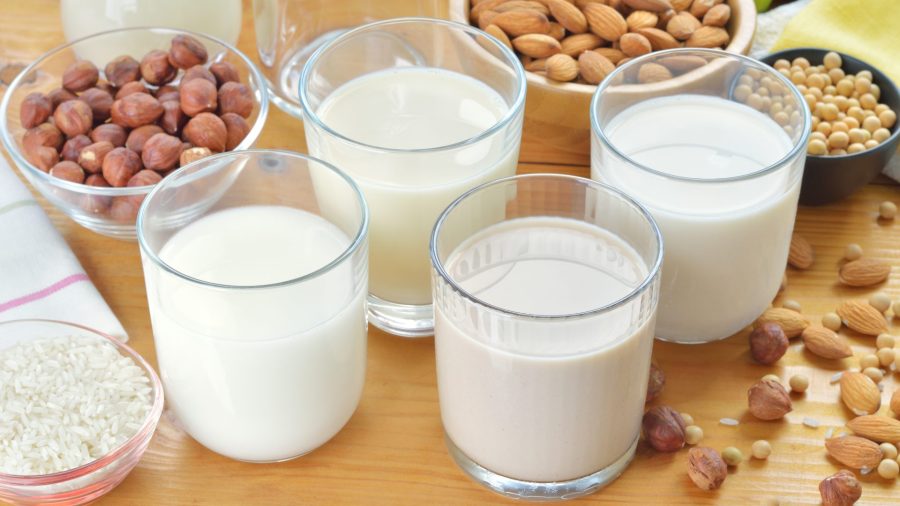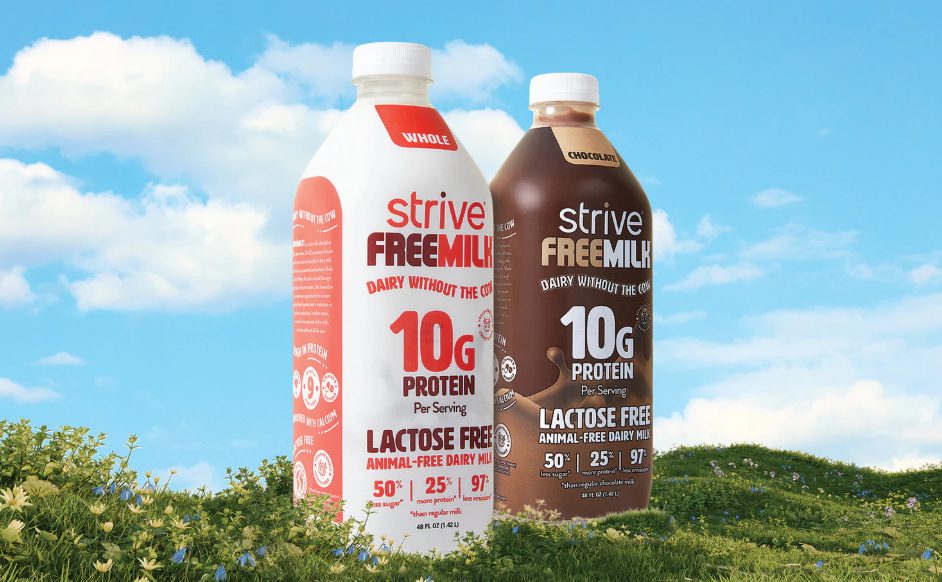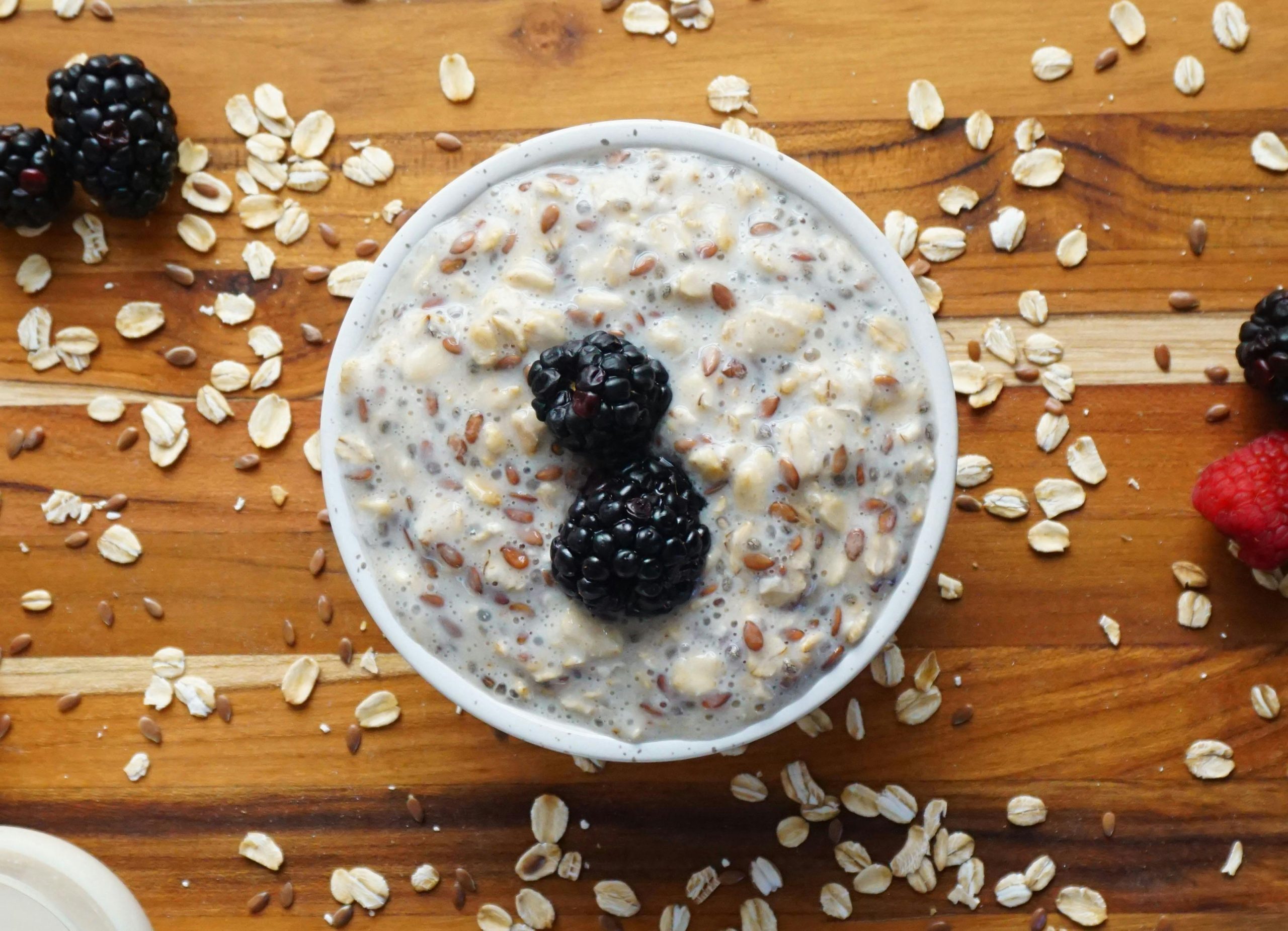This article is written and sponsored by Transparency Market Research.
Rising cases of lactose intolerance, increasing health consciousness among consumers, and changing lifestyles appear likely to bolster growth in the global dairy alternatives market.
Veganism, for example, is becoming increasingly popular among consumers, which is estimated to fuel demand for dairy substitutes. Because of the agricultural production base for plant-based sources, the Asia Pacific region is expected to lead the global dairy alternatives market. Many people believe that a vegan diet is nutritious and, as a result, they choose to drink dairy alternatives like rice milk, almond milk, soy milk, and other plant-based milks instead of traditional dairy milk.
Vegans and those who largely consume nutritious food are the main consumers of dairy alternatives, which are expected to spur the category’s development. Many large economies, including the U.S. and the U.K., have witnessed a significant growth in the vegan population in recent years. Consumers in developed economies appear to prefer plant-based milk products because they provide energy, aid in weight control, and enhance food palatability.
Almond Milk on the Rise
Almond milk is becoming extremely prevalent among young people who are vegan, or whom follow a ketogenic diet. Due to its high lipids, protein, and fiber content, almond milk is a rich dairy alternative that’s predicted to grow in popularity in the near term. Almond milk also helps control blood pressure and provides health advantages for the heart and skin.
Unsweetened dairy alternatives are becoming more popular, as customers attempt to eliminate the excess calories brought on by added sugar. Dairy alternatives are also being used by consumers to reduce their calorie intake, because traditional dairy products are often fairly rich. Consumers who want to reduce weight are increasingly opting for almond or soy milk. This, in turn, is projected to help grow the global dairy alternatives market.
Beverage Producers Introducing Innovative Products
The milk-based dairy alternatives product segment, specifically,is likely to lead the market and is expected to account for a considerable revenue share in the year ahead. New, unique beverages are utilizing dairy alternatives, as beverage makers attempt to increase market capitalization.
It also appears that modern consumers seek a variety of dairy-free beverage options. Lactose-intolerant consumers also seek flavored beverages.
Meanwhile, rising demand for dairy alternatives-based cheese items, such as soy-based cream cheese and sour cream, is likely to further drive demand for the dairy alternatives segment.
Asia Pacific to Observe High Growth due to Increasing Disposable Income
The global dairy alternatives market was led by Asia Pacific in recent years, and that region is likely to account for a significant share of market revenue moving forward. The demand for dairy alternatives in Asia Pacific is expected to only increase, due to its growing population, as well as the increasing amount of disposable income for many consumers in China, Japan, and India. Increased occurrences of lactose intolerance, combined with increased health concerns about dangerous compounds found in dairy products, are expected to drive demand for non-dairy alternatives in that region. In addition, according to American Cancer Society, Inc. traditional soy foods including such as tofu, edamame, tempeh, and soymilk have been shown to reduce the incidence of breast cancer, particularly in Asian women.
In Europe, meanwhile, the growing elderly population has resulted in an increasing preference for milk-based dairy alternatives. .
Request a Sample – https://www.transparencymarketresearch.com/sample/sample.php?flag=S&rep_id=18290
Contact TMR
USA – Canada Toll Free: 866-552-3453
Email: sales@transparencymarketresearch.com
Website: http://www.transparencymarketresearch.com











